Published
Many me-s
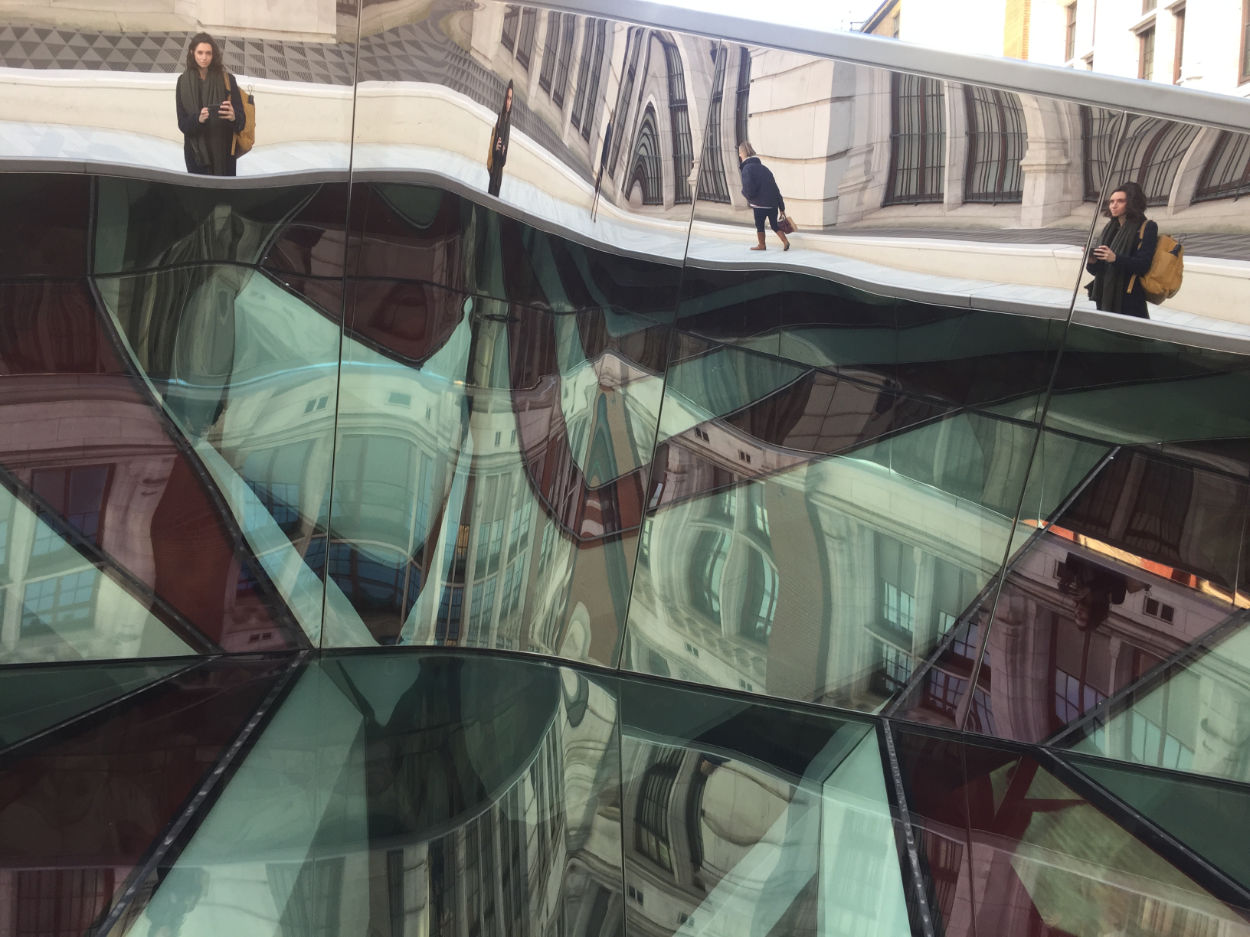
Four years ago today, in the V&A’s porcelain courtyard expansion not long after it opened. Was getting ready for an evening rehearsal outside, very chilly.
Musarc is a progressive amateur choir in London that I sang with from 2016–20. Read more about the choir on musarc.org →
Published

Four years ago today, in the V&A’s porcelain courtyard expansion not long after it opened. Was getting ready for an evening rehearsal outside, very chilly.
Published
Just attended a virtual rehearsal with Musarc and it was marvellous. Hopefully the first of many. Fingers crossed that they continue the digital format even after we can touch once again, at least once in a while for those far away.
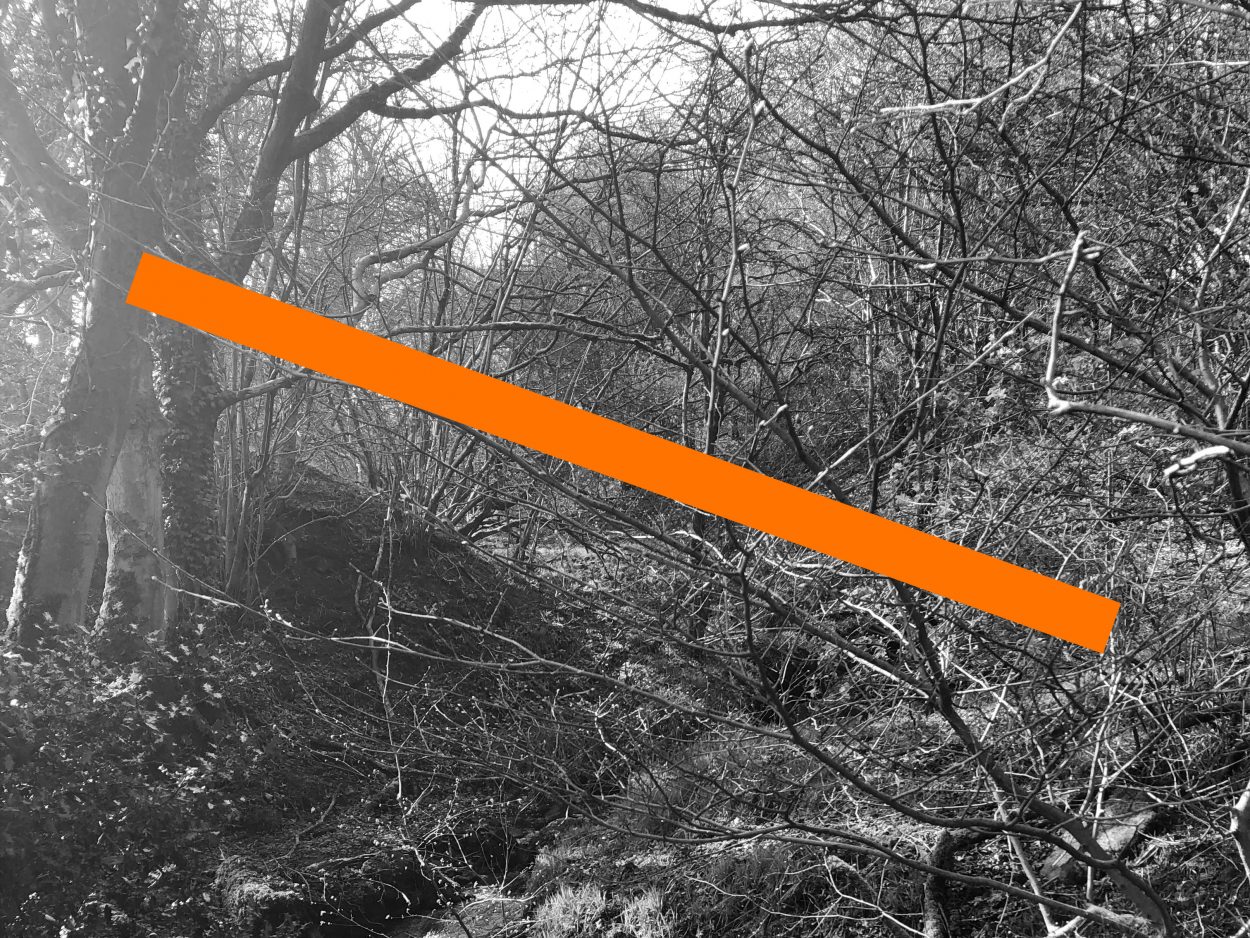
Published
🔮🦷👁🌙
Last night was Musarc’s winter concert The Orrery on the first day of LCMF 2019. Our performance included a new commission from Lina Lapelytė Time to Become One, the UK premiere of Jennifer Walshe’s The White Noisery, György Ligeti’s Poème symphonique, Un soir de neige by Francis Poulenc, and Fritz Hauser’s Schraffur (Hatchings).
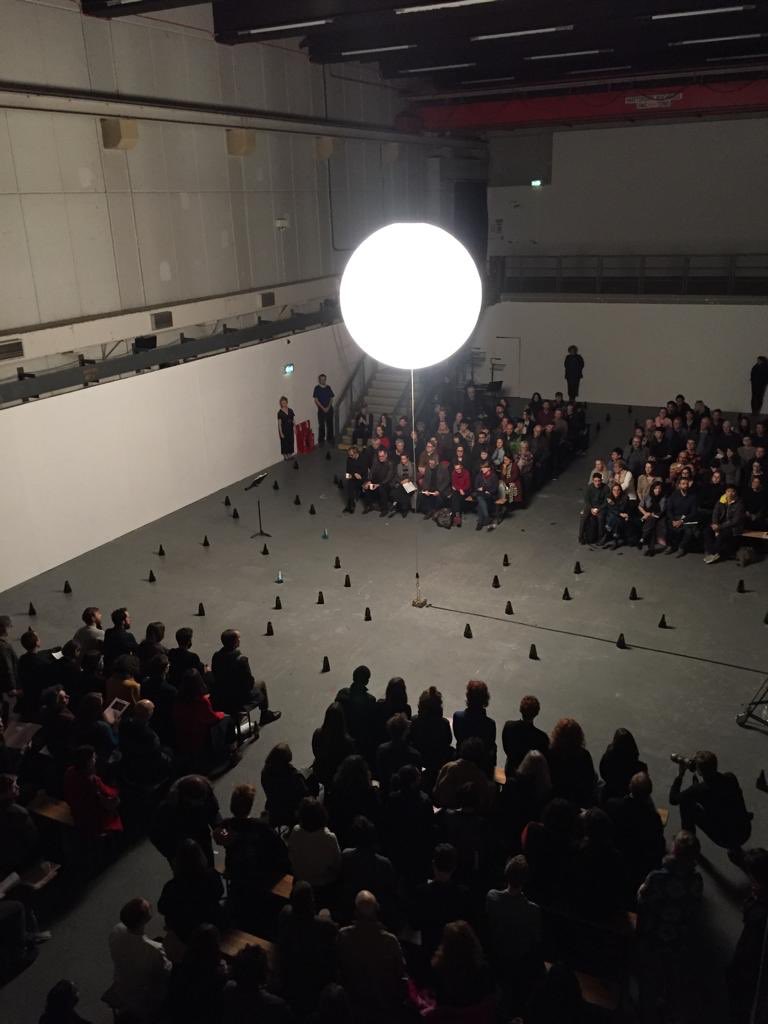
Everything revolved around a floating, glowing orb.
The evening was conceived in collaboration between Sam Belinfante, the contributing composers / artists, members of Musarc, and our inimitable directors Cathy Heller Jones and Joseph Kohlmaier. It all came together with a ton of help from friends and metronome-sitters, and exceedingly delicious vegan food was offered by Return to Shashamane.
It was intense and meditative. I’ve spoken to a few friends in the audience who had nice things to say, but also I’m curious to know what others in the audience thought. I’ve seen at least one good blurb, which is lovely.
Big things for the choir next year I expect. In the shorter term, I’m looking forward to the rest of LCMF’s Witchy Methodologies. Particularly On Rites and Reenchantment and On Gossip & Eavesdropping.
Image via LCMF
Published
Joseph made a timelapse of Musarc’s midsummer gig with photos taken by the choir’s long-time photographer Yiannis Katsaris.
Published
Another Musarc gig coming up this weekend, this time we’ll be in the Whitechapel Bell Foundry /// Info & tickets /// Watch video (YouTube)
Published
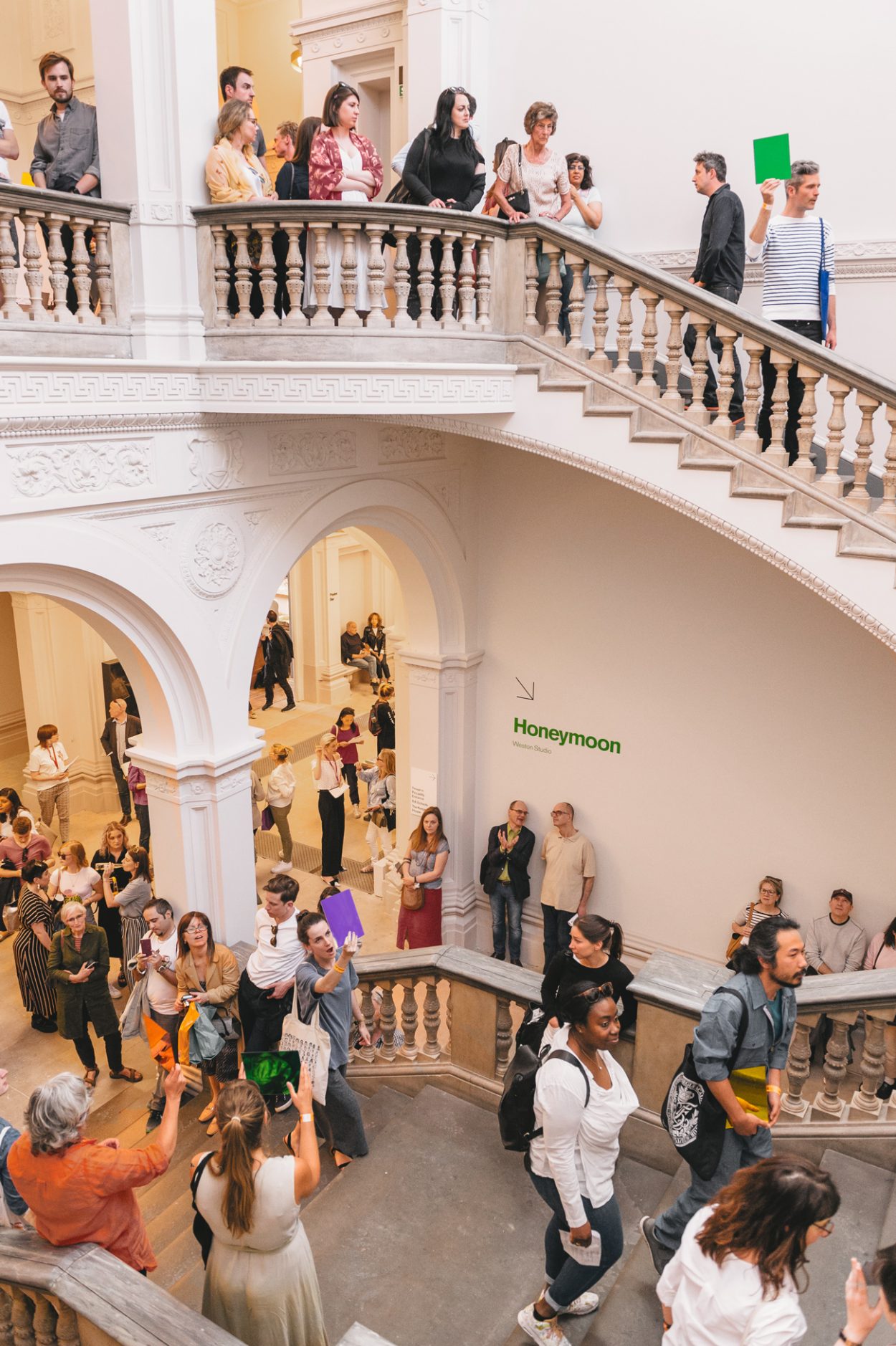
Musarc performed Rainbows + Beata viscera iridis on the Burlington Gardens staircase at the Royal Academy on Saturday 19 May 2018 as part of the RA’s 250 birthday celebrations.
Rainbows is devised by artist Sarah Kate Wilson, and Beata viscera iridis is a simple arrangement of a medieval conductus by myself and architect Toby O’Connor. This is, I believe, the third staging of these pieces together.
A few of the performances at the RA had a lower key than usual. An interesting register to work with, the energy is very different. The clip here includes the introduction and the beginning of the conductus.
Photo by Justine Trickett. Recording courtesy Sam Belinfante.
Published
Surfing with coffee #4. This is off the back of Odrathek with Musarc, includes a few things/people I’ve looked in to after that overwhelming experience. Not comprehensive, but perhaps consider this big wave surfing…
A
Célia Gondol (B↓)(C↓) Chase the vibrations; Jenny Moore (↓D) (↓E) Sang “Reclaim the night” the whole way back last night (Central line din disguises humming nicely); Neil Luck (↓F) Reliving childhood softball injury; Bartosz Glowacki with Lore Lixenberg (↓G) First time a live musical performance has made me cry; Edka Jarząb (↓H) Intoxicating voice for change; need to find the red book she read from on third day; read Warsound Warszawa; Rie Nakajima (↓I) Creator and destroyer of helpless noise creatures
C
Cordel Literature on Wikipedia
D
Reclaim the night, sung at Greenham Common women’s peace camp
E
Thank you internet, 8m51s in on showreel (↓J)
F
Bloody Sirens GET IT NOW!
G
Akkordeon Baroque, tickets for 23 May 2018
H
Wyjaśnienie na marginesie – Ginczanka // Explanation in the margin – Ginczanka (↓K)
I
Dead Plants and Living Objects (↓L)
K
Zuzanna Ginczanka (↓M)
M
On Centaurs (↓) Not ideal since it seems to be paginated for press…
And 🌈, with added 🌧! To be restaged next Saturday 19 May 2018 at the RA for RA250.
Published
Iris, Iridis (noun)
– declension: 3rd declension
– gender: feminine
Definitions:
1. Iris (messenger of the gods, goddess of the rainbow)
2. rainbowYou can identify third declension nouns by their genitive singular ending ‘-is’. See nationalarchives.gov.uk and Wikipedia.
In contrast with the first- and second-declension endings, those of the third declension lack a theme vowel (a or o/u in the first and second declensions) and so are called athematic.
Note via Toby O.
Published
Early last year, Sarah Kate Wilson approached Musarc with a concept for a performance involving coloured mirrors. Around the same time, Toby O’Connor and I were mulling over ways of working with Beata Viscera, a conductus by medieval composer Pérotin. These experiments blended well and in April 2017, Musarc opened and closed the 3rd Do Disturb festival at Palais De Tokyo with Rainbows + Beata viscera iridis. Watch a video documenting Musarc’s various PDT performances on musarc.org. These pieces were performed again as part of MK Gallery’s 2017 CityFest and at Rochester Square’s Open Day on 24 June 2017.
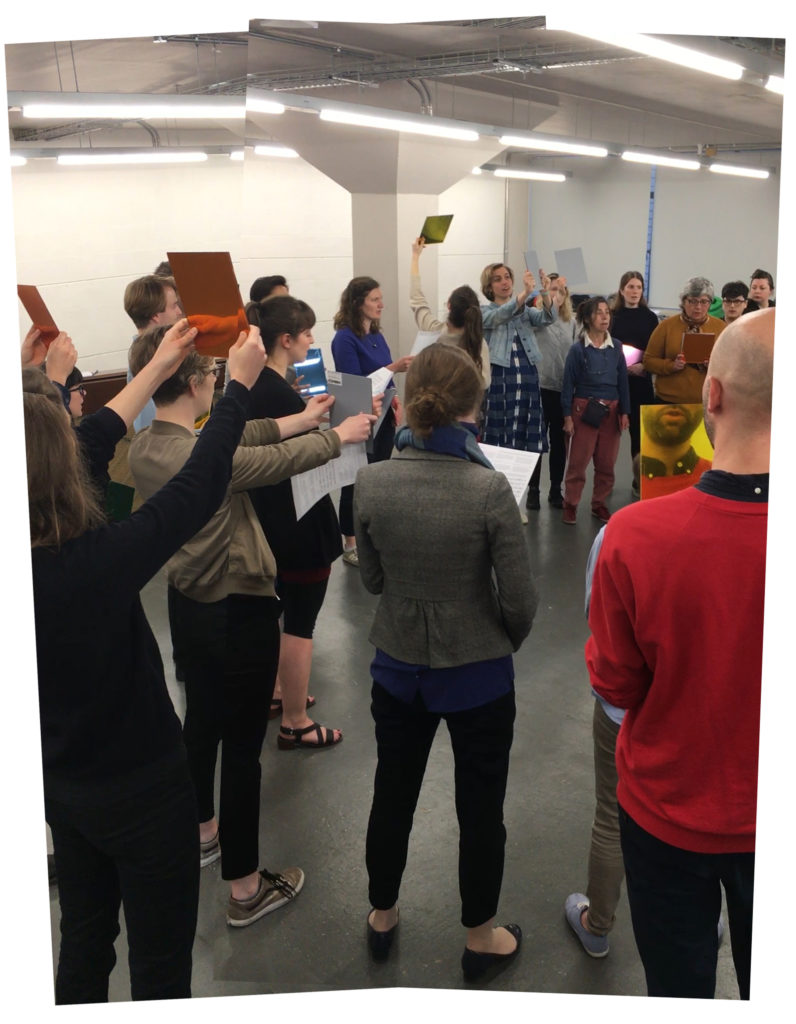
Musarc rehearsing Rainbows + Beata viscera iridis at Central House just before the building was sold by London Met Uni.
Published
I recently came across a tall, one-per-system time signature style I hadn’t really seen before in Drei Volksliedsätze by Schönberg, published by Edition Peters (c) 1930.
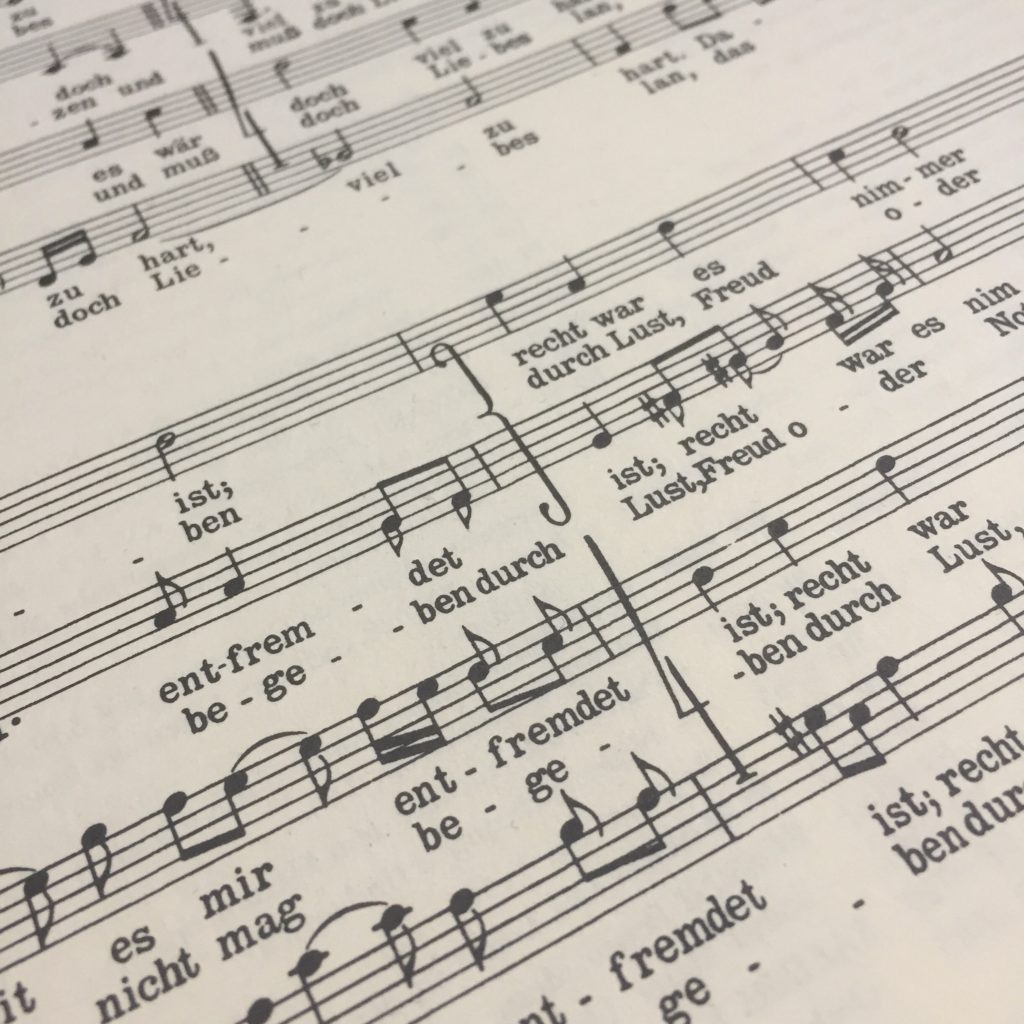
I searched around for some info about their purpose but didn’t find a ton of information. Some say that they are useful for conductor’s scores, others say that they’re useful when a time signature changes frequently throughout a piece. Most examples I’ve found are a lot more ungainly (but definitely more legible) than the tall, elegant time signatures in the Schönberg.
The usage isn’t consistent in the three songs. The first of the three (Schein uns, du liebe Sonne) has a standard one-per-stave time signature and is in 4/4 throughout. The second (Es gingen zwei Gespielen gut) is in 6/4 throughout and has a tall signature. The third (Herzlieblich Lieb, durch Scheiden) is a little nuts. It’s got tall time signatures and starts in 3/4, then packs 5 meter changes in to the remaining 21 measures.
The texture of the final two pieces, both rhythmically and harmonically, is much tighter than the first. Because of that, my feeling is that in this song cycle they’re maybe meant to encourage singers to read across the staves, to become more attuned to where they fit in as part of the whole. Would like to ask someone more knowledgeable in this sort of thing to see what they think.